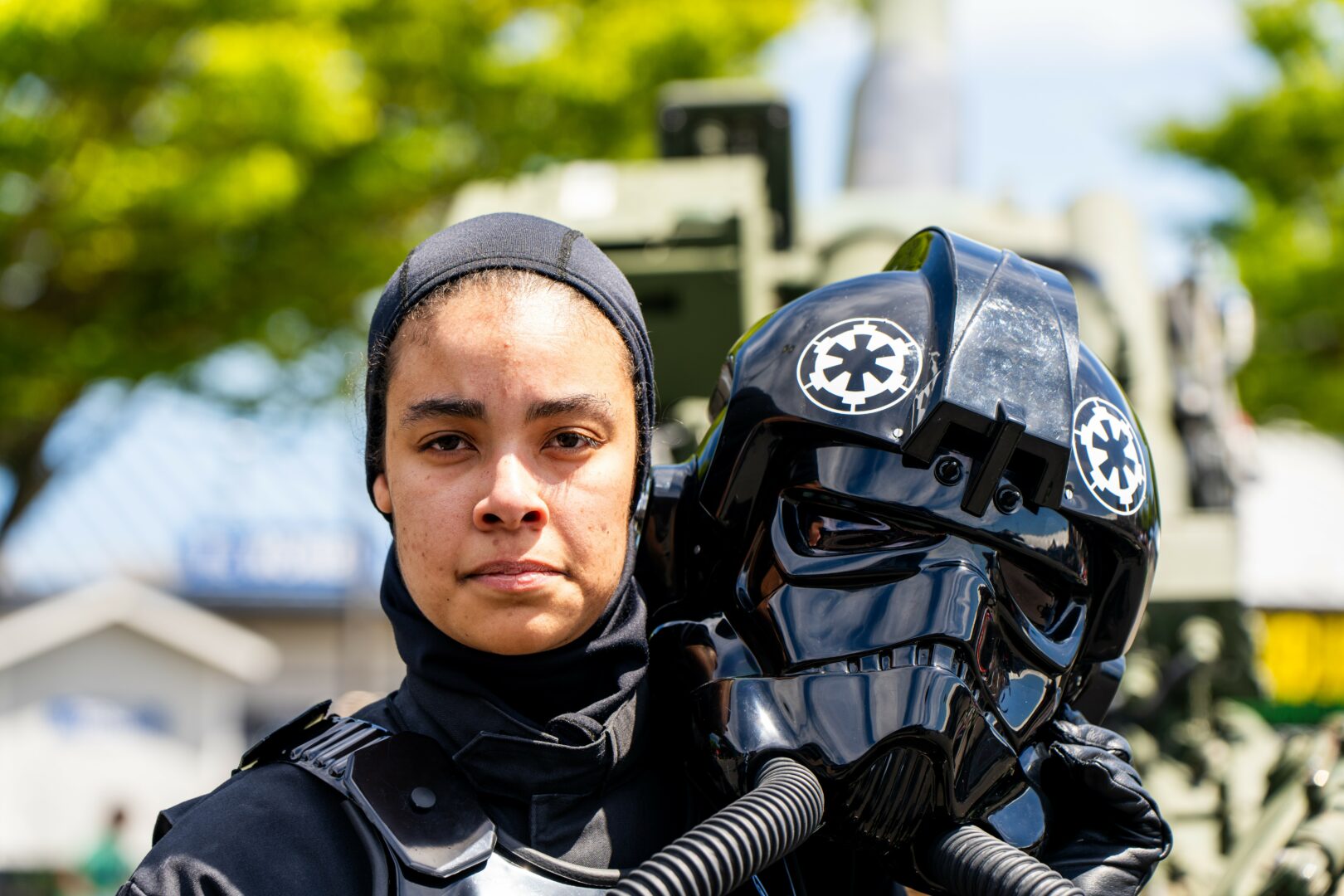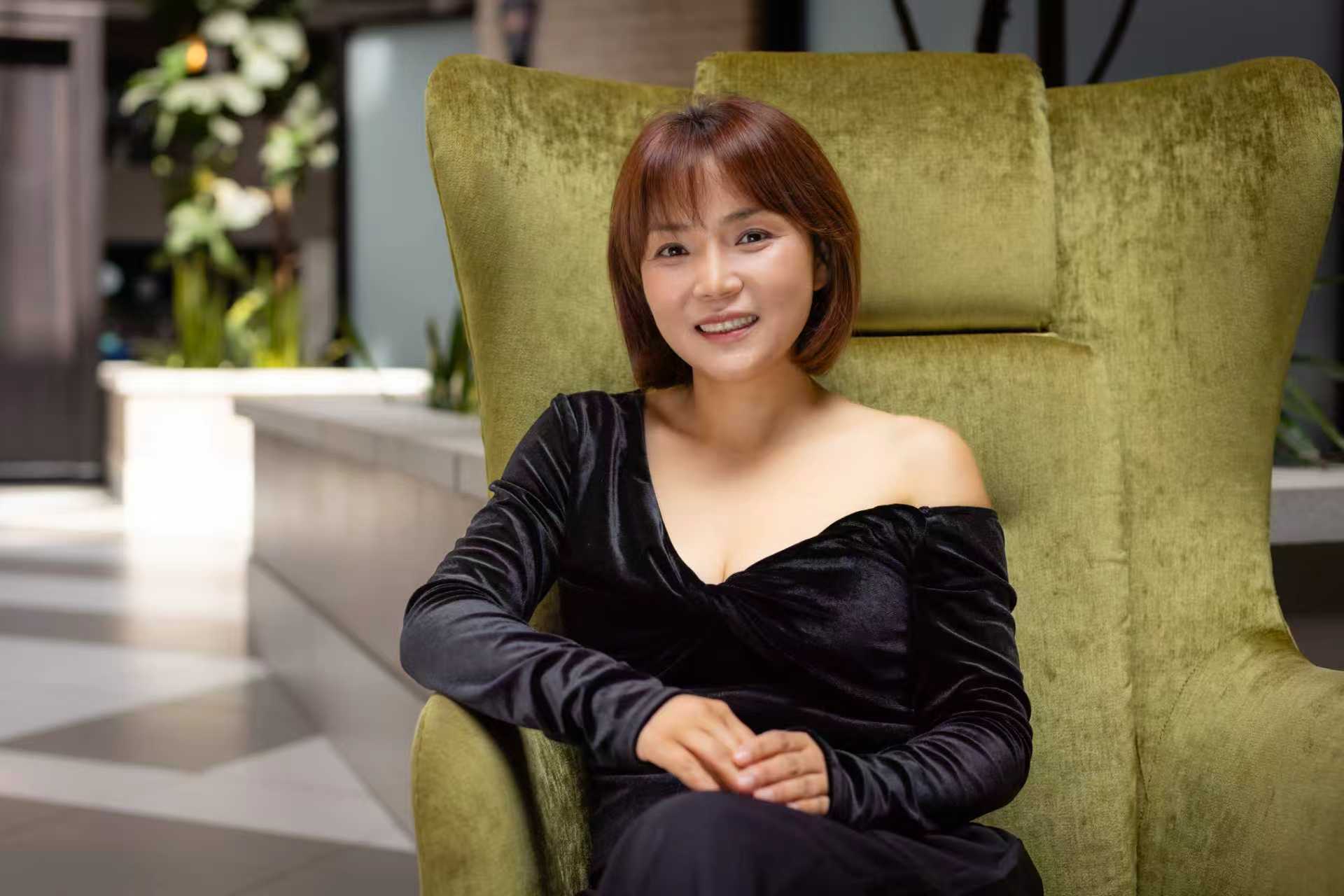Alright – so today we’ve got the honor of introducing you to Siha Park. We think you’ll enjoy our conversation, we’ve shared it below.
Hi Siha, appreciate you sitting with us today. Maybe we can start with a topic that we care deeply about because it’s something we’ve found really sets folks apart and can make all the difference in whether someone reaches their goals. Self discipline seems to have an outsized impact on how someone’s life plays out and so we’d love to hear about how you developed yours?
My sense of self-discipline in painting comes from the way I approach life. When I encounter difficulties or darker moments, I try not to mistake them for the entirety of life itself. I try to remember that even the bright moments contain unease and shadows, and when I face darkness, I stay aware that another chapter will eventually unfold. This is not about wishful thinking, but about maintaining balance by keeping myself in the middle ground when facing challenges.
In my work, opposing elements—such as playfulness and seriousness, unease and balance, anxiety and humor, heaviness and lightness—create dissonance and a subtle tension. These contrasting elements conflict, merge, break apart, and reconnect through a repeated process, forming a composition through their interactions. The result feels balanced yet slightly unstable, organic in its rhythm. Each mark responds to what came before it, carrying its own role within the painting. This doesn’t mean my work lacks impulse or spontaneity. The degree of each shift depends on the moment. I think carefully about how to take responsibility for what happens on the canvas after an impulsive gesture. The infinite freedom within the canvas always makes me reflect on how much of it I choose to use, and in what way.
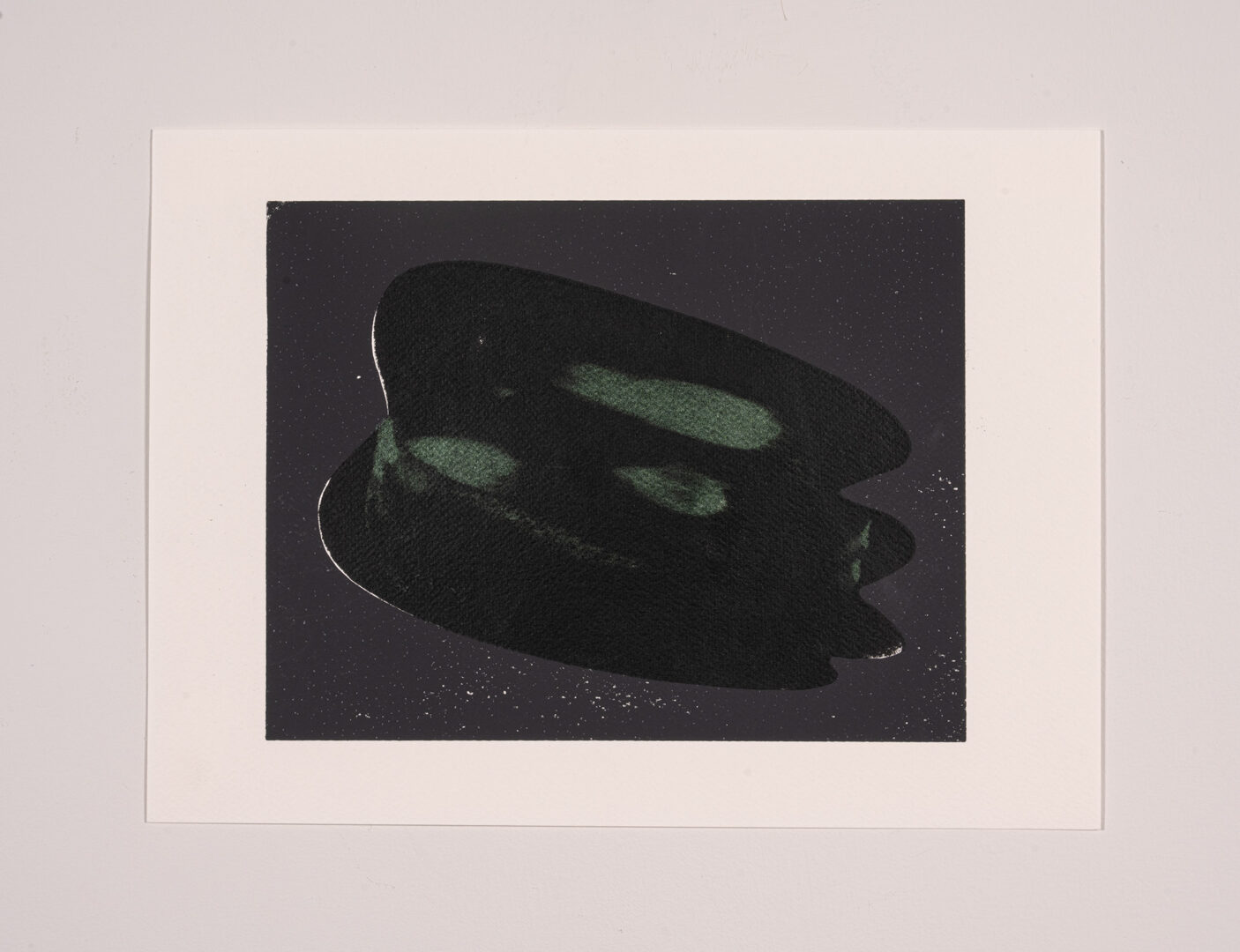
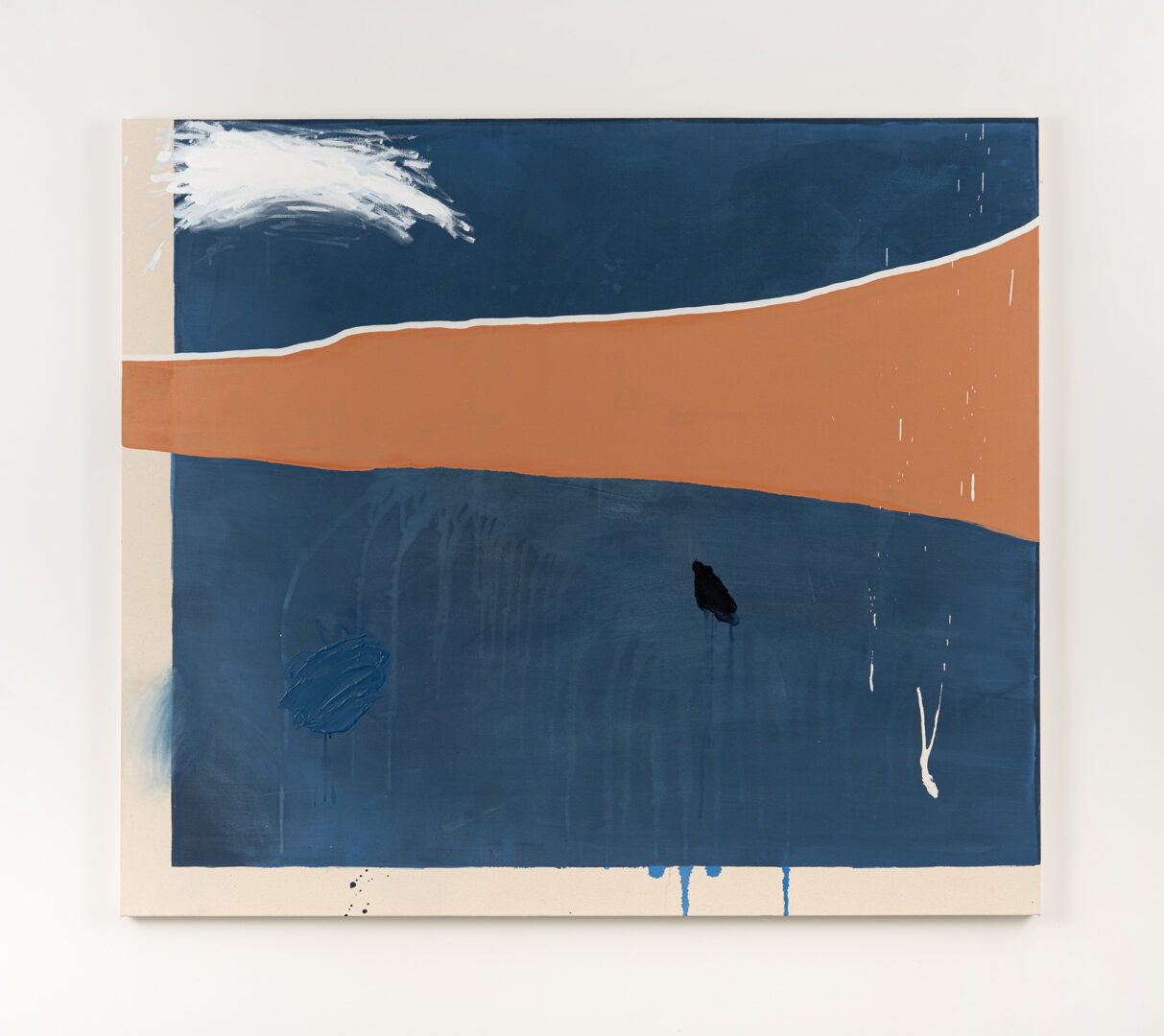
Thanks for sharing that. So, before we get any further into our conversation, can you tell our readers a bit about yourself and what you’re working on?
I’m an abstract painter from Korea, currently based in New York. I used to teach realistic graphite drawing for quite a long time. When I entered college, students in Korea were required to demonstrate strong skills in realistic drawing, though I was never deeply interested in it. While teaching, however, I had the chance to practice many techniques I hadn’t paid much attention to before and came to understand the power that lies in form itself. For this reason, the marks I make—whether they are scribbled lines or small gestures—are refined and adjusted until they reach a shape that feels most resolved. I especially value unplanned moments in painting, such as splashes or traces of paint that create unintentional forms. These are elements I always look forward to during my process.
As I naturally perceive things intuitively first rather than analytically, I have come to work in abstraction. My visual language develops from what I see, hear, and read, as well as from my relationships and surroundings. These experiences keep me questioning and experimenting whenever I face a blank canvas. I’m interested in bringing opposing elements together within a single painting—such as contrasting colors, varying speeds of brushwork, or conflicting emotions. As mentioned earlier, these create a subtle sense of dissonance, through which I aim to achieve a sense of vitality and organic movement on the canvas.
A perfectly composed painting often feels too static to me. I find beauty in imperfection—in moments of flaw, distortion and small mistakes. Even in the overwhelming beauty of nature, what moves me is not its grandeur, but the sense of being a small human in relation to it. The coexistence of opposites in my work reflect the world itself—a place where tension, anxiety, and absurdity coexist with comfort, reason, and goodness. The balance and structure I pursue in my paintings are born out of that coexistence. We sometimes fight, hate, and coflict, but we continue to live together. In a way, painting for me is a way of reflecting the world I live in.
I’m also happy to share some updates about my recent and upcoming events. I graduated from the Pratt MFA program this spring and am currently at a stage of seeking new opportunities. Since graduation, MFA Issue #177 of New American Paintings, in which I was selected, has been released, and I have participated in two group shows. There are also upcoming exhibitions being discussed, which will be posted on my website (www.sihapark.com) once they are confirmed.

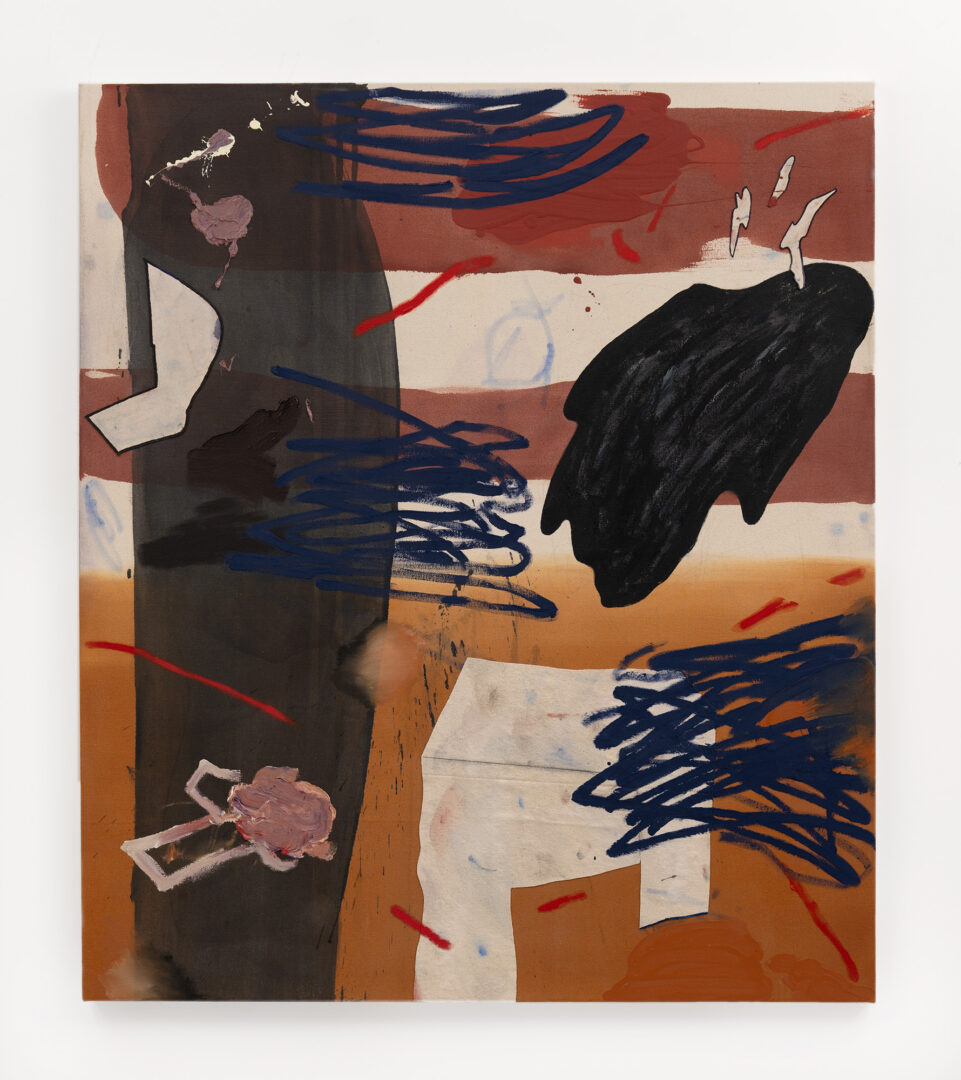
If you had to pick three qualities that are most important to develop, which three would you say matter most?
First, I try to spend as much time as possible in my studio. I believe time never betrays effort. The daily process of questioning, refining, and practicing strengthens my work. Most of my studio hours are spent sitting in front of the canvas, thinking through and deciding what the next step should be. My painting process is always a response to what has come before, so I imagine, draw, and write—simulating possibilities until the right image comes. I always strive to find the most fitting color, form, and composition. The more time I spend in the studio and the more deeply I immerse myself in thinking, the more successful the results become.
Second, I try not to compromise with myself. The kind of composition and subtle emotional tension I seek in a painting are not easily achieved. Even when answers don’t come quickly, I wait and work until I can make the best possible decision rather than settling for the next best. When I start to compromise or fall into mannerism, others might not notice—but I do. That’s why I constantly challenge and refine myself.
Lastly, I try to keep changing and growing. This relates to the previous two points but also extends to my relationships and experiences with others. I try not to remain in one place. I value maintaining thoughtful relationships and engaging in conversations that help me understand different perspectives. There’s a Korean saying that goes, “Still water breeds moss.” Just as water goes bad when it stops flowing, people too need to keep moving and evolving. Reading, sharing ideas, and seeing the world through others’ eyes help expand who I am and allow my work to keep growing.
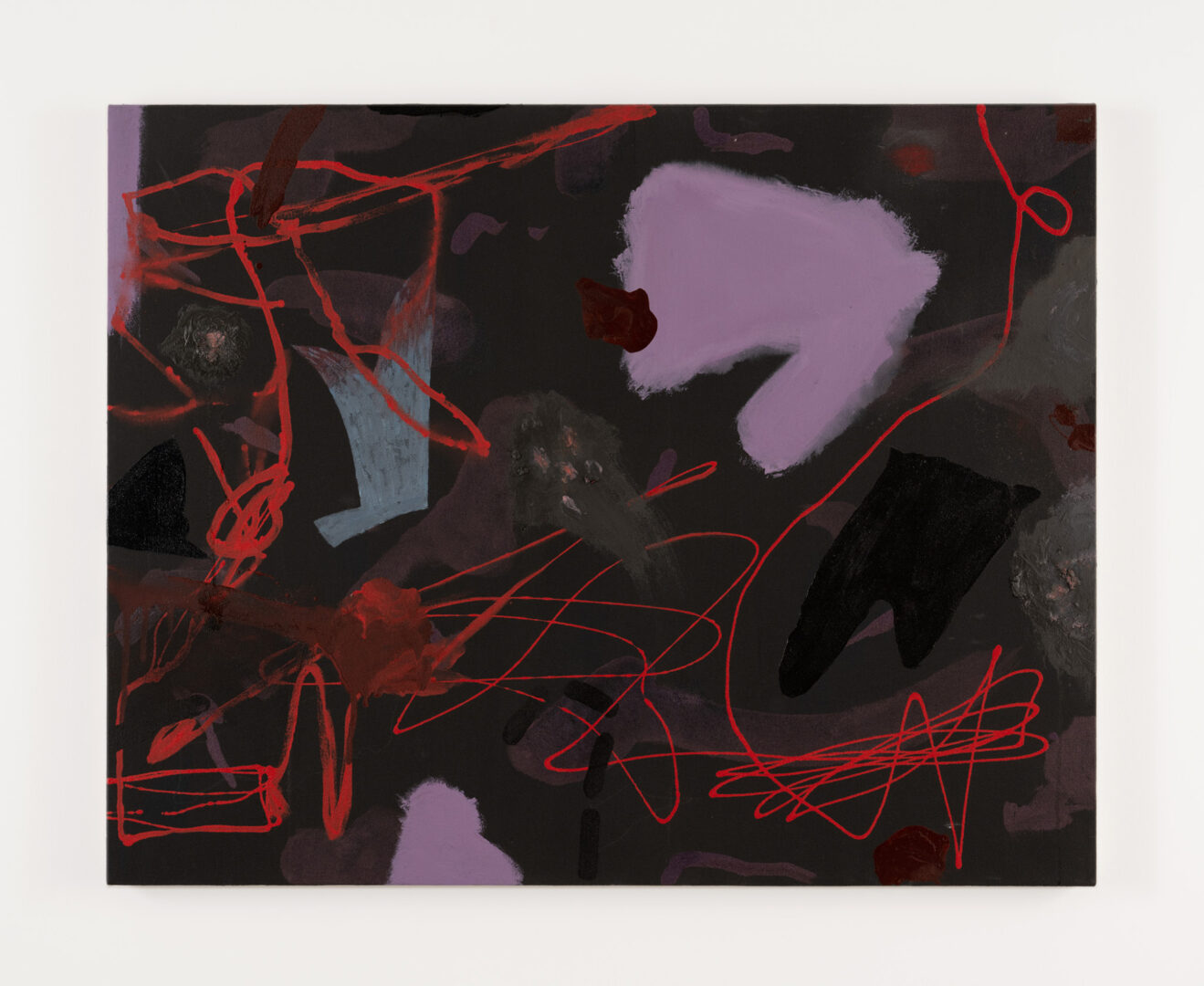

To close, maybe we can chat about your parents and what they did that was particularly impactful for you?
When I look back to where my sense of aesthetics and preferences began, what first comes to mind are my parents’ closet and bookshelf. My mother is a practical person, and my father is an aesthete. Opening their closet always revealed a striking contrast: her wardrobe filled with monochrome and subdued colors, and his with vibrant, expressive tones. My mother always told me to choose good materials—those that could be cherished and enjoyed for a long time. Her clothes were always soft or sturdy in texture, and her style was elegantly classic. I still remember her gold hoop earrings, the black boat-neck dress, and the low stiletto heels designed with diagonal lines of white and black leather—an enduring image of her youth.
My father, unlike most men of his generation, wore accessories, colorful shoes, belts, a camel leather bomber jacket, and patterned shirts. His closet was a place I often explored with curiosity. I would sometimes secretly wear his suede bomber jacket or punch an extra hole in one of his belts before going out. These contrasting sensibilities have shaped my sense of aesthetics. My love for color, and my tendency to explore materials through different mediums, are things I inherited from them.
On their bookshelf, my mother’s books stood beside my father’s old LP records. She loved reading and spending time caring for our home, while he loved music, learning instruments, and being outdoors. Though my experiences outside home during adolescence also shaped who I am, my sense of taste and aesthetic tendency were born from my parents and the home they created. Now, those early impressions are merging with my own experiences, transforming into something entirely my own.
Contact Info:
- Website: https://www.sihapark.com
- Instagram: @siha__park
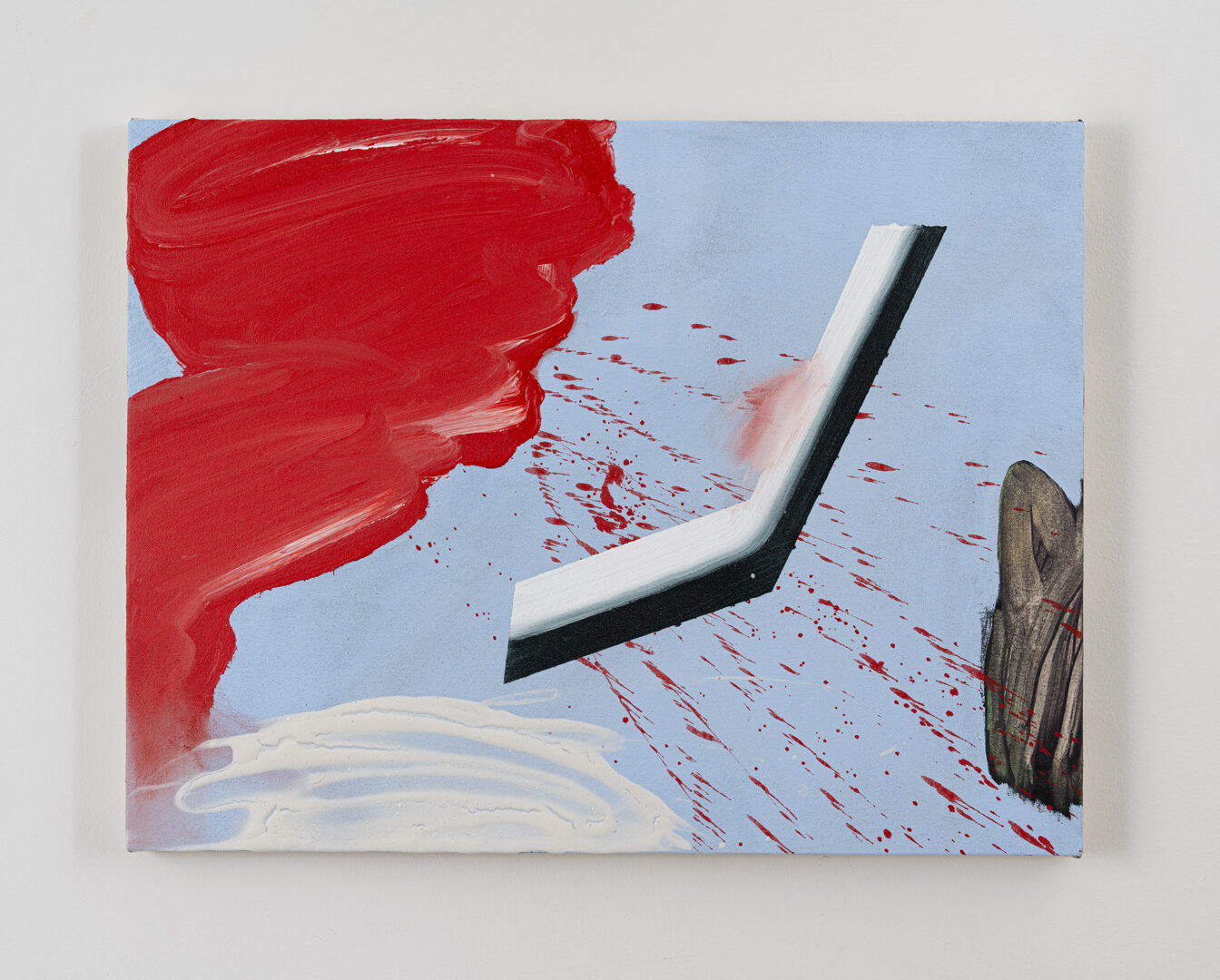
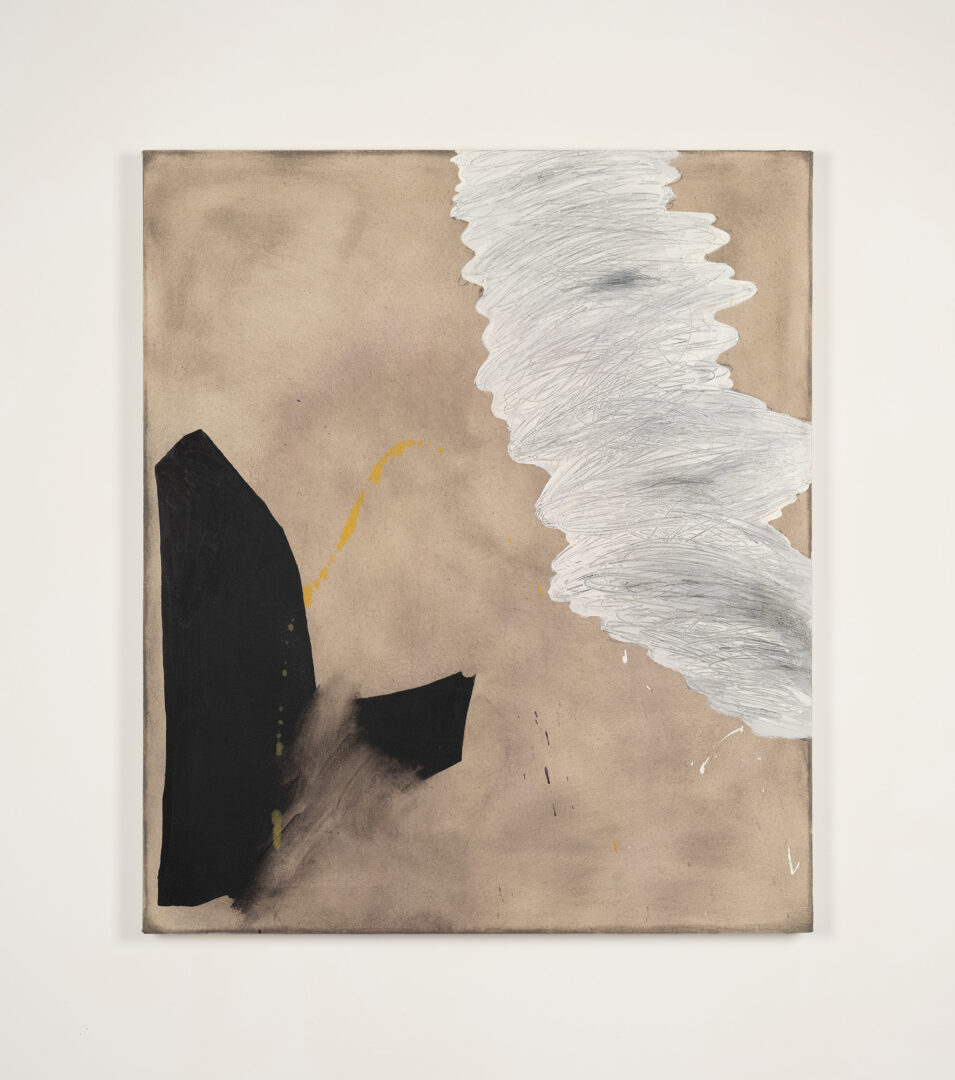
Image Credits
Image Cresit: ©Siha P., photograph by Federico Savini
so if you or someone you know deserves recognition please let us know here.



